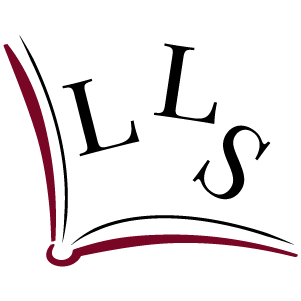
Is there always more to say about Ulysses? Yes, there is always more to say about Ulysses. Particularly in the wake of the tidal wave of the centenary . . . and the wonderful writer Colm Tóibín always adds to my view with his deft prose and deep curiosity.
From the London Review of Books: Arruginated: James Joyce’s Errors by Colm Tóibín
In this article from the LRB about the errors—volitional or otherwise—that Joyce makes in the text, I found myself bemused by the desire to drill down to fact in the face of the magnificent vision of Ulysses.
Having spent some time in the text—reading, teaching, singing, researching and puzzling—it is interesting to know that we are still learning how the details of the text match or do not match the historical experience of Dublin in 1904. As Tóibín considers, some of it matters (the final notes), some of it may not. Sometimes we go off on galloping goose chases, sometimes we disappear down holes more fitting the Mad Hatter. As I read this, I was thinking about the sweet satisfaction I have in peeling back layers of the text with both new and practised Ulyssians.
Our Slow-Read Ulysses group has found a rhythm of play in a careful exploration of the text that expands both my knowledge of the text and my understanding of what a close encounter with a great work may yield. While some of our own work echoes Tóibín’s detective work traced in the article, we also find moments of lift-off, when the beauty of the prose and Joyce’s technical mastery of the language launch us into new realms of thought—about our relationship to history, about identity, around gender play, about our relationship to the material world . . . and how Joyce pulls us in with his shimmering net of wordplay, allusion and musicality in language.
In Arruginated, I am faced with fragments and details that may offer verisimilitude to the real world, or remind me how much the experience of the real world is always sifting in my mind—against my memories, imagination and sensory limits and embellishments. This puts me in mind of our wonderful work in the Finnegans Wake group, as it shifts and adapts to the needs of life and time, goes from digging in fragments (the middenheap with the Hen) with an eye towards the wider scapes of sky or water. This was echoed in the recent Anselm Kiefer exhibition on Finnegans Wake which included rubble as part of the installation. I had not realised that Kiefer’s home had been destroyed by bombing on the day he was born; the rubble he used in the installation was from his childhood home—he had played in that rubble, and the tactile experience of rubble informs his vision of fragments and broken pieces that gave him insight into the Wake.
We are continuing our Slow-Read of Ulysses in a few weeks . . . there are spaces available if you would like to join us, anyone who has meandered through Ulysses is most welcome. You can do a series (usually six weeks of meetings) and then drop out and return as you wish and as life allows. We will be digging into Aeolus next: the pace is comfortable (3-5 pages p/week), the work is shared and we have lots of laughs. And, o, there is some learning along the way!
Feel free to email me if you have any questions.







